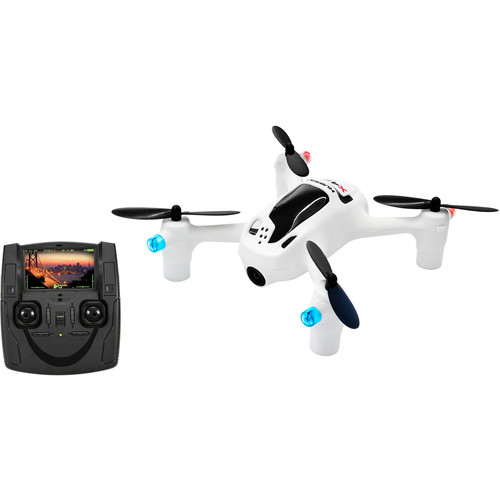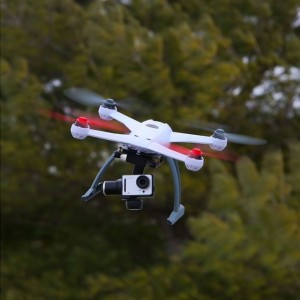

“Can’t make out anything of use, really,” he continued. “And the image quality is terrible.” Kinser said that even the slightest mountain winds made the UAVs’ video feed too jerky to identify much of anything on the ground.

They often end up being recovery operations-sometimes dangerous recovery ops.” Kinser was talking about the two Dragon Eye UAVs that his platoon had been given-and had to chase down a number of times in the steep mountains around the base, after they crashed. “Yes, we have them,” said First Lieutenant Patrick Kinser, the platoon commander.

Back at the Marines’ base, I asked about UAVs (unmanned aerial vehicles) the Marines could have used for reconnaissance in that situation to confirm the warning, had fighters actually been gathering to attack. No attack came we later learned that the “chatter” was one person transmitting fake orders to fake fighters-a common ploy to confuse U.S. We began to move, navigating the terraces on the outskirts of a small village. “Time to get moving,” a nearby Marine said. “They know we’re here,” he continued, “and that we have to cross that field.” He had picked up chatter from his hand-held radio. “There are 50 Taliban massed behind that ridge,” said “Sultan,” our Afghan interpreter (his real name is being withheld for security reasons). I was about to step into a possible death trap, and I’d never felt more scared in my life. In 2005, I was embedded as an independent journalist with a platoon of Marines with an attachment of Afghan security forces in the Hindu Kush, just a few miles from the Pakistani border.


 0 kommentar(er)
0 kommentar(er)
